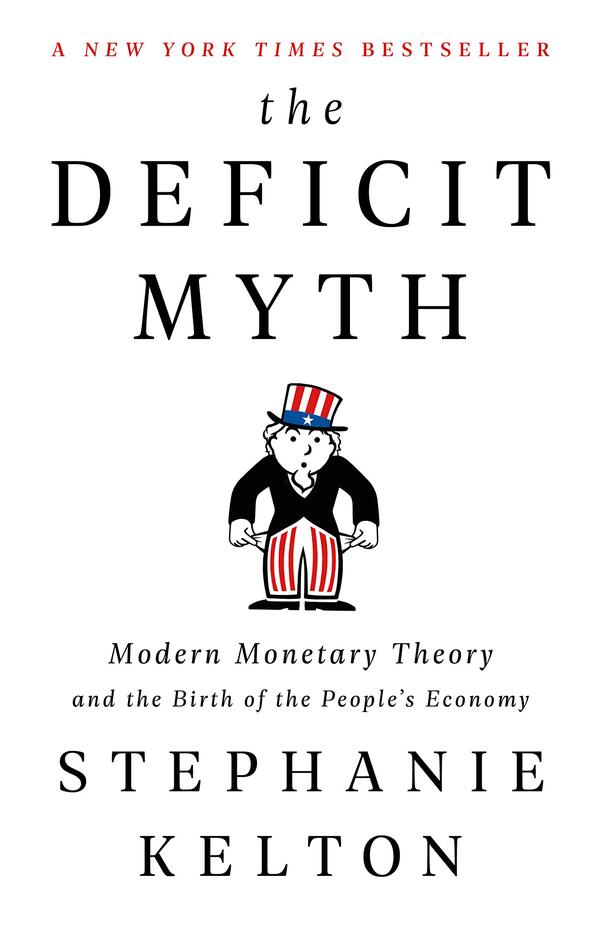
Modern Monetary Theory and the Birth of the People’s Economy
This is the first of a three-part series, which highlights Modern Monetary Theory and the South Korean policies. _ ED.If unemployment goes down, the price level goes up and vice versa. The negative correlation between the unemployment rate and the inflation rate is called the Phillips curve.The curve has been long accepted as a guide to policy in many developed countries across the world _ policymakers can reduce unemployment at the expense of increased inflationary pressures.In fear of inflation, hence, policymakers tried not to overly stimulate the economy. But today’s governments seem to forget about the curve as they compete to spend money to boost the economy.As a result, government deficits mount, and sovereign debts snowball. Japan’s public debt is more than 2.5 times its annual national output.In particular, the virus outbreak prompted governments across the globe to spend more money as COVID-19 weighed on the economy throughout last year.However, there are no signs of inflations like Zimbabwe or the Weimar Republic. Rather, worries about deflation appear to be stronger. Now few people talk about the Phillips curve.Against this backdrop, “The Deficit Myth” says that governments should not worry about fiscal deficits and sovereign debts too much because they can print money to repay them.“Irrational fears about government debt and fiscal deficits caused policymakers in the U.S., Japan, the U.K, and elsewhere to pivot away from fiscal stimulus toward austerity in the years following the global financial crisis,” author Stephanie Kelton notes.Such an approach is dubbed modern monetary theory (MMT), which stresses a federal job guarantee and more government expenditures on education, defense, and healthcare.There might be some truth in this 263-page book, but hopefully, Korean politicians will not read this book.Many Korean politicians are now ready to funnel taxpayers’ money for dubious purposes without worrying too much about the country’s rising debts.During the incumbent Moon Jae-in administration, the government’s debts increased by almost 400 trillion won ($360 billion).True, the United States cannot default because it issues the dollar, the global key currency. Japan can also live with a huge amount of debts because its yen is one of the most significant currencies.But that is not the case to Korea. If the country tries to inflate its currency by printing money, it might face a big crisis, just like the Asian financial crisis in the late 1990s.The U.S. may not go broke. The country may go for MMT. But for Korea, there will be no free lunch. MMT cannot be its option.이 기사를 공유합니다
Kevin Chung
(jumphigher55@aol.com)

